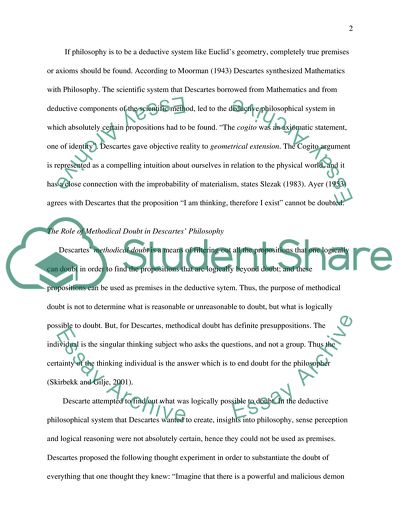Cite this document
(“The Statement and Limitations of the Reasoning Essay”, n.d.)
The Statement and Limitations of the Reasoning Essay. Retrieved from https://studentshare.org/philosophy/1709002-minor-essay-descartes-cogito-rego-sum
The Statement and Limitations of the Reasoning Essay. Retrieved from https://studentshare.org/philosophy/1709002-minor-essay-descartes-cogito-rego-sum
(The Statement and Limitations of the Reasoning Essay)
The Statement and Limitations of the Reasoning Essay. https://studentshare.org/philosophy/1709002-minor-essay-descartes-cogito-rego-sum.
The Statement and Limitations of the Reasoning Essay. https://studentshare.org/philosophy/1709002-minor-essay-descartes-cogito-rego-sum.
“The Statement and Limitations of the Reasoning Essay”, n.d. https://studentshare.org/philosophy/1709002-minor-essay-descartes-cogito-rego-sum.


